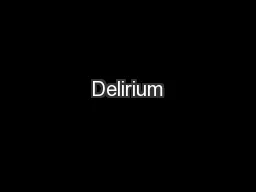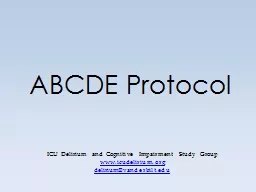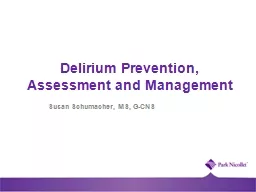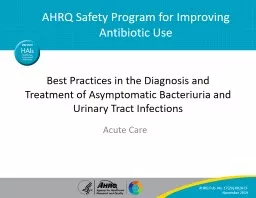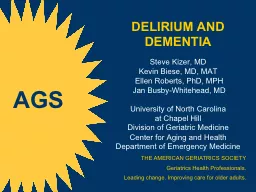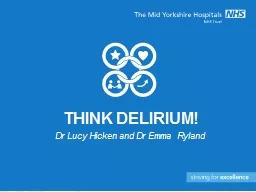PPT-Asymptomatic bacteriuria, Antibiotics and Delirium:
Author : tatyana-admore | Published Date : 2020-04-03
Project Presentation Kate McCollough Jennifer Dulin FuNdAmentals of Epidemiology I October 31 2019 Background Exposure Antibiotic treatment of asymptomatic bacteriuria
Presentation Embed Code
Download Presentation
Download Presentation The PPT/PDF document " Asymptomatic bacteriuria, Antibiotics a..." is the property of its rightful owner. Permission is granted to download and print the materials on this website for personal, non-commercial use only, and to display it on your personal computer provided you do not modify the materials and that you retain all copyright notices contained in the materials. By downloading content from our website, you accept the terms of this agreement.
Asymptomatic bacteriuria, Antibiotics and Delirium:: Transcript
Download Rules Of Document
" Asymptomatic bacteriuria, Antibiotics and Delirium:"The content belongs to its owner. You may download and print it for personal use, without modification, and keep all copyright notices. By downloading, you agree to these terms.
Related Documents

